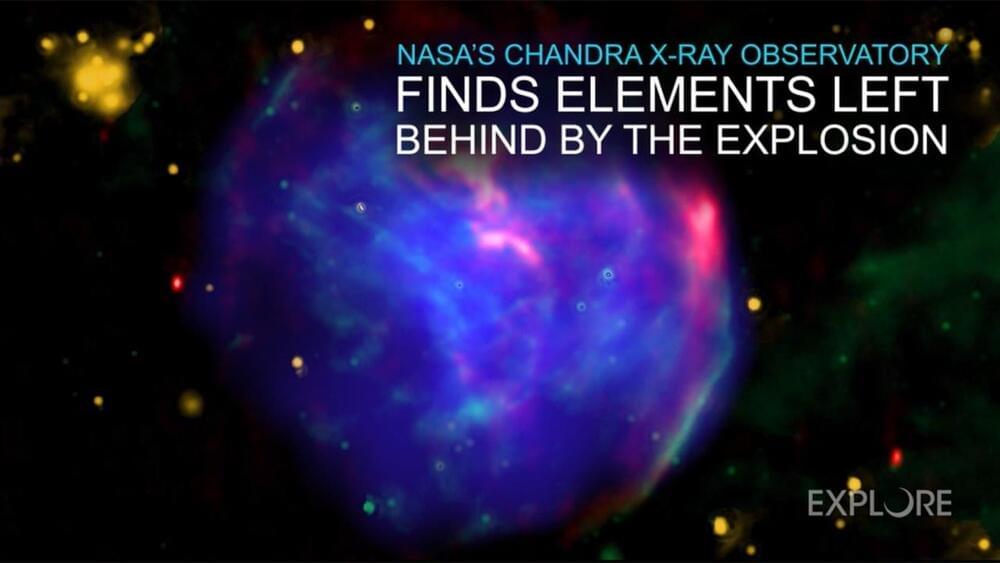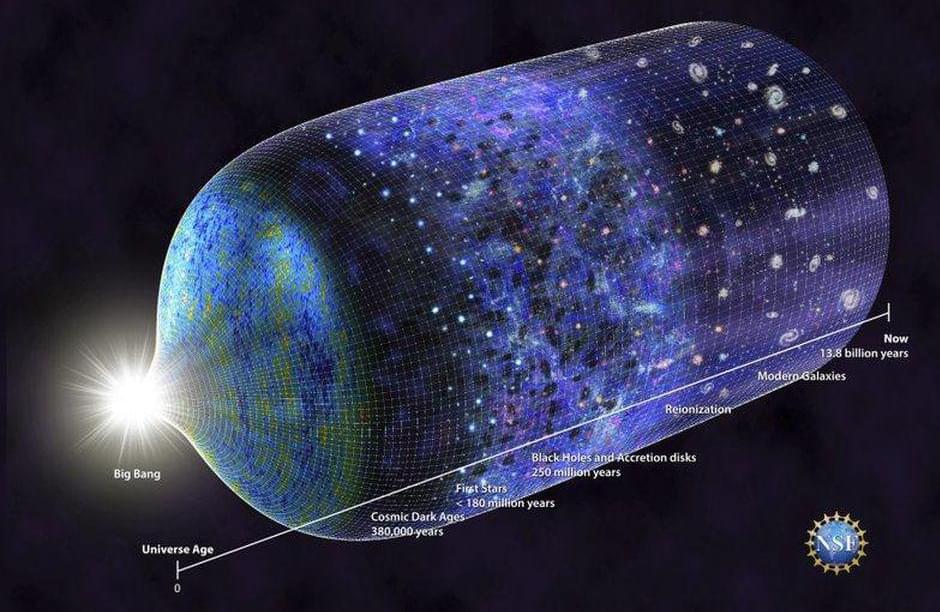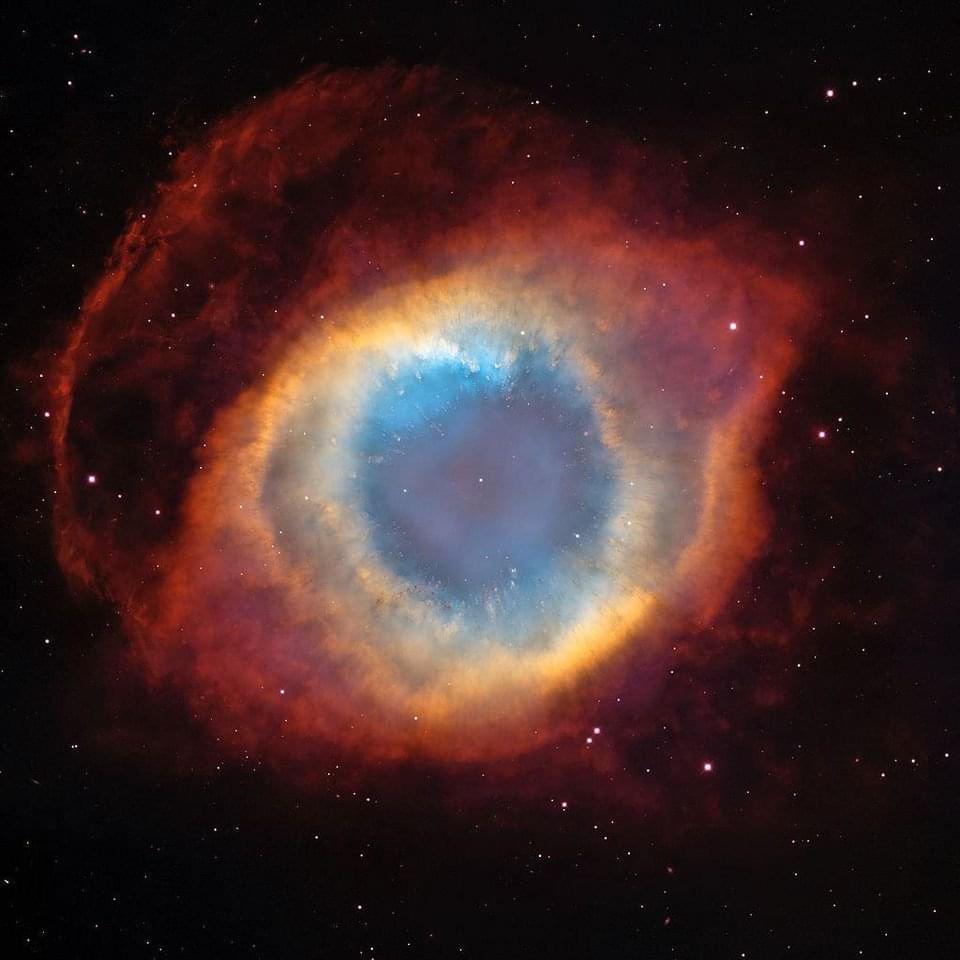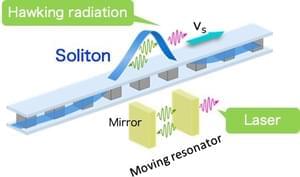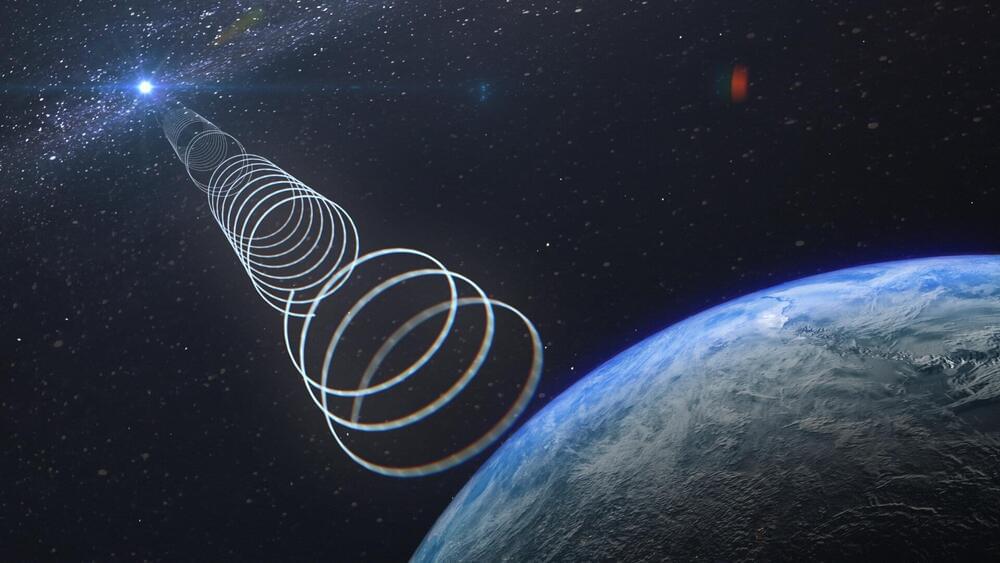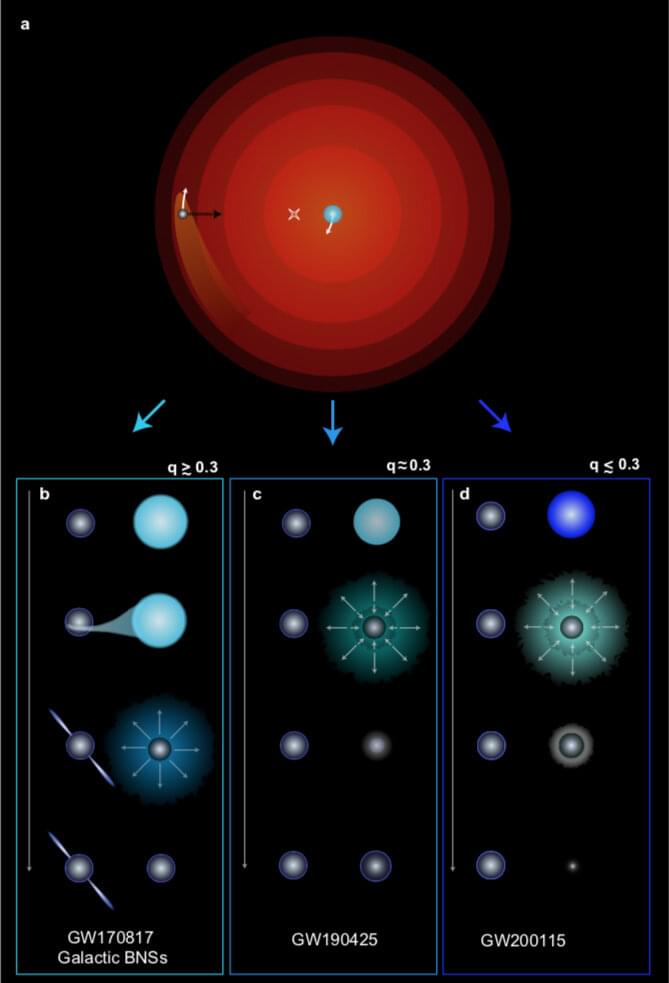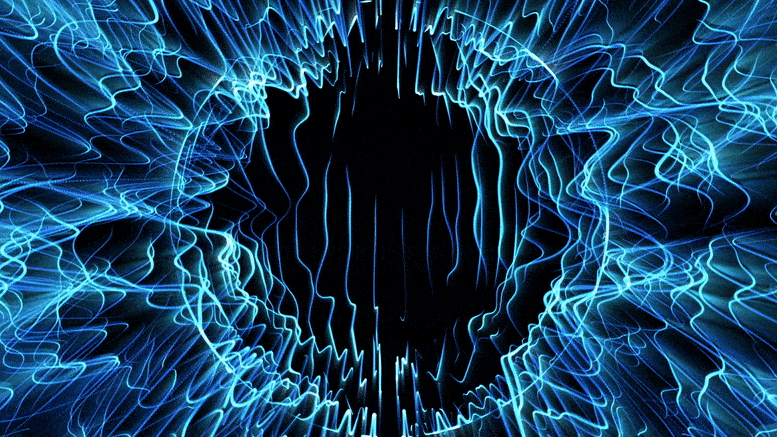
“idea here is not to go, ‘Yeah, look at me. I’m in space.’” Instead, he said that “the prince is missing the point. The point is these are the baby steps to show people [that] it’s very practical. You can send somebody like me up into space.” — William Shatner
William Shatner may be famous for his fictional otherworldly travels thanks to his role in the “Star Trek” universe, however, on October 13 he took a real-life trip that took him to space.
Along with three other passengers, the actor nabbed a spot on Jeff Bezos’ Blue Origin space capsule, which headed out for a flight that lasted for 11 minutes, according to CNN. While it was obviously an incredible experience for the star, not everyone was impressed.
Continue reading “William Shatner Says Duke of Cambridge Has ‘Got the Wrong Idea’ About his Space Flight” »
